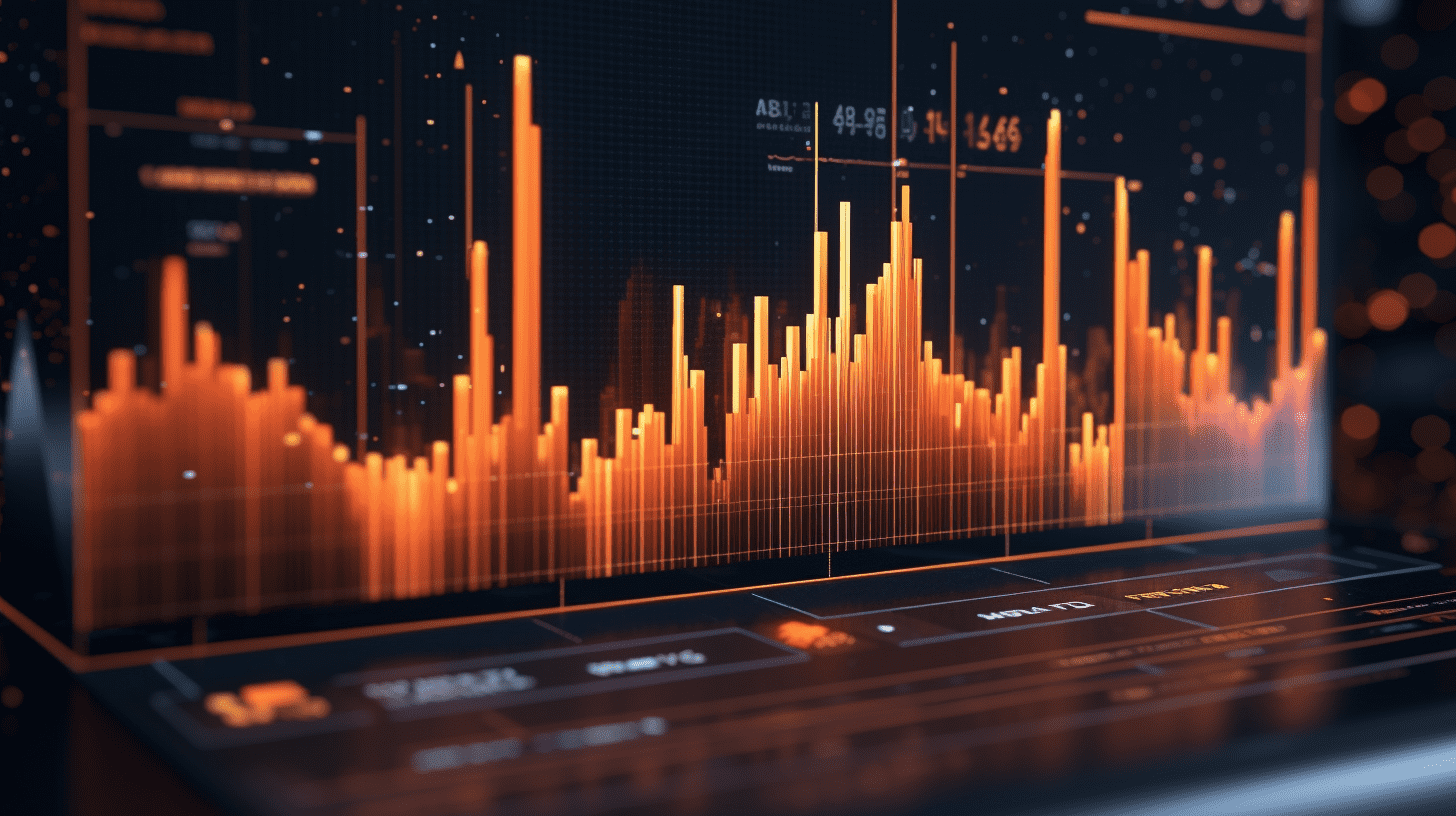China Securities Co., Ltd.: Fed rate cuts stimulate the financial attributes of nonferrous metals, EPS and PE continue to write the chapter of the bull market in nonferrous metals.
CITIC Securities released a research report stating that the performance of the US economy and employment data was poor. In addition, Trump nominated Stephen Moore as the chairman of the Economic Advisory Committee, reinforcing the market's expectations of a rate cut by the Fed in September, leading to a general increase in the non-ferrous metal sector.
China Securities Co., Ltd. released a research report stating that the performance of the US economy and employment data was poor, compounded by Trump nominating Stephen. Milan as the chairman of the Economic Advisory Committee and appointing him as a member of the Federal Reserve Board, which reinforced the market's expectation of a rate cut by the Fed in September, leading to a general increase in the non-ferrous sector. In addition to the monetary easing brought about by the Fed's rate cut cycle, the domestic implementation of the "anti-internal rotation" optimization of production factors, the improvement of profitability at all levels, and the improvement of market expectations are favorable for the upward transmission of metal prices to downstream. Furthermore, the valuation of the industrial metals sector is at a relatively low level, indicating room for upward correction. The non-ferrous bull market with both EPS and PE triggers is now starting.
China Securities Co., Ltd.'s main points are as follows:
Industrial Metals: Last week, LME copper, aluminum, lead, zinc, and tin prices changed by 1.4%, 1.7%, 1.5%, 3.8%, and 1.2% respectively. The prices of industrial metals are jointly determined by their "financial attributes" and "commodity attributes". From the financial perspective, the Fed has started a rate cut cycle. From the commodity perspective, global copper and aluminum inventories are relatively low, a recovery in the Chinese economy can be expected, combined with the growth in the new energy industry, the demand for copper and aluminum is expected to improve.
EPS and PE triggers, the non-ferrous bull market is reigniting
(1) The Fed's rate cut has triggered the financial attributes of non-ferrous metals. The US GDP for the second quarter shrank by an annualized rate of 0.9% (expected +0.5%, previous value +1.3%), marking the first contraction since the second quarter of 2022. US non-farm payroll data for July was disappointing, with a new job creation of 150,000 (expected 180,000, previous value 209,000), and the unemployment rate reaching 4.0% (previous value 3.9%), hitting a new high since 2023. The contraction in economic and employment data reinforces the market's expectation of a rate cut by the Fed in September. In addition, Trump nominating Stephen. Milan as a member of the Fed's board suggests the Fed's stance is more dovish, with the probability of a rate cut in September rising to 93.6%. The Fed's rate cut has led to a weak US dollar, which is favorable for triggering the financial attributes of non-ferrous metals. Gold, as the most rate-sensitive non-ferrous metal, has already challenged historical highs in prices, and the equity sector of non-ferrous metals is showing signs of activity, leading the way over commodity prices.
(2) "Anti-internal rotation" and supply constraints drive the commodity attributes of non-ferrous metals. While the anti-internal rotation policy in China has less direct impact on industrial metals, it aims to optimize industrial structure, activate production factors, improve market expectations, and improve profits at various levels in the supply chain, facilitating a smoother transmission of price increases in upstream metals to downstream. However, there are widespread supply constraints in the non-ferrous metal sector: limited new discoveries of copper mines, inadequate capital spending, leading to limited growth in refined copper supply; domestic electrolytic aluminum production capacity is approaching a ceiling, overseas investments in electrolytic aluminum are restricted by infrastructure and energy constraints, resulting in global supply growth in electrolytic aluminum of less than 3%; small metals such as molybdenum, antimony, uranium, rhenium are facing insufficient investment and depletion of resources, unable to meet the increasing demand for high-end products. Supply constraints, demand resilience, and the ability to pass on price increases downstream will drive steady price increases in non-ferrous metals.
(3) Non-ferrous PE levels are low, and with EPS and PE triggers, the non-ferrous bull market continues. During 2020-2021, global monetary easing combined with fiscal stimulus resulted in a sharp rally in the cycle; during 2022-2024, consumption was boosted by the constriction of supply and high consumption in the power grid and new energy sectors, allowing industrial metals such as copper and aluminum to achieve an annualized increase of 20% even under the pressure of Fed rate hikes and consumption downturns. Presently, the Fed's rate cut optimizes the monetary environment, the anti-internal rotation policy in China optimizes consumption expectations, and emerging economies inject new vitality into consumption, while the supply side remains constrained; ensuring clearer upward momentum for industrial prices. Since the beginning of 2025, non-ferrous PE ratios have been low, with copper as a resource commodity reaching nearly 10 times PE, and aluminum with constrained supply dropping to 7-8 times PE, indicating room for upward adjustment in PE ratios, combined with upward momentum in EPS, continuing the chapter of the non-ferrous bull market.
Related Articles

US Stock Market Move | Advent invests $2.5 billion to privatize Sapiens International (SPNS.US), which soars over 44%

US Stock Market Move | Q2 revenue falls short of expectations, CAVA Group (CAVA.US) plunges more than 16%

US Stock Market Move | Niu Technologies Sponsored ADR Class A(NIU.US) rose over 10% in the second quarter compared to the same period last year, turning a loss into a profit.
US Stock Market Move | Advent invests $2.5 billion to privatize Sapiens International (SPNS.US), which soars over 44%

US Stock Market Move | Q2 revenue falls short of expectations, CAVA Group (CAVA.US) plunges more than 16%

US Stock Market Move | Niu Technologies Sponsored ADR Class A(NIU.US) rose over 10% in the second quarter compared to the same period last year, turning a loss into a profit.

RECOMMEND

Hong Kong Stock Concepts | Boosting Consumption: Dual Interest Subsidy Programs Implemented to Benefit Key Sectors
13/08/2025

Countdown to Evergrande’s Delisting: HK$350 Billion in Liabilities, Only HK$2 Billion Recovered
13/08/2025

U.S. July Tariff Receipts Reach Record High, Yet Budget Deficit Continues to Grow
13/08/2025


